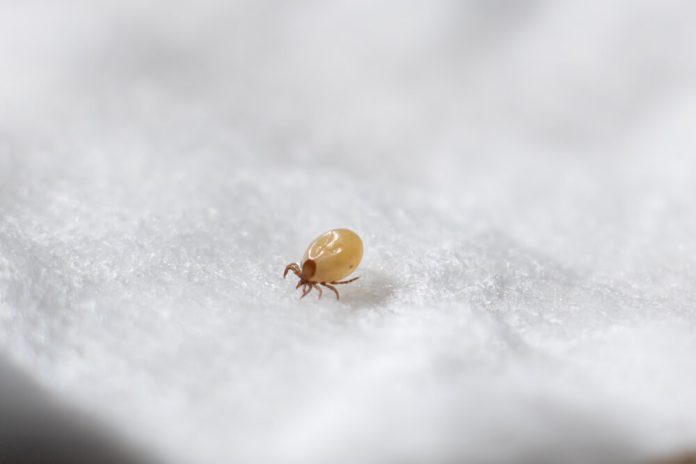Allergies affect millions of people worldwide, and among the most common yet often overlooked triggers are dust mites. These microscopic organisms thrive in warm, humid environments and are commonly found in bedding, upholstery, and carpets. While invisible to the naked eye, they can cause significant health problems for individuals who are sensitive to their presence. Understanding how to identify and manage dust mite-related allergies is essential for improving overall well-being.
What Is Dust Mite Allergy?
A dust mite allergy occurs when the body’s immune system reacts to proteins found in the waste particles and body fragments of dust mites. Instead of recognizing these proteins as harmless, the immune system treats them as threats, triggering allergic reactions. These reactions can range from mild nasal congestion to severe asthma attacks, depending on the individual’s sensitivity. Since dust mites are virtually everywhere in indoor environments, people with this allergy often experience year-round symptoms rather than seasonal flare-ups.
Common Symptoms of Dust Mite Allergy
The symptoms of this allergy can sometimes be mistaken for a common cold or seasonal allergy, which is why proper diagnosis is crucial. Common signs include:
- Persistent sneezing and runny nose
- Nasal congestion or postnasal drip
- Itchy or watery eyes
- Coughing, especially at night
- Facial pressure or sinus pain
- Wheezing or difficulty breathing in more severe cases
In individuals with asthma, dust mite exposure may worsen symptoms, leading to frequent flare-ups and increased reliance on medication.
Causes and Risk Factors
Dust mites themselves do not bite or sting, but their waste and body parts are the primary triggers for allergic reactions. They thrive in places where warmth, humidity, and food sources (like shed human skin cells) are abundant.
Several factors may increase the likelihood of developing a dust mite allergy:
- Family history of allergies or asthma – Genetics play a role in susceptibility.
- Living in humid environments – Moisture creates an ideal breeding ground.
- Frequent exposure to dust-collecting items – Upholstered furniture, thick carpets, and heavy drapes trap dust easily.
- Age – Children and young adults are often more prone to developing allergies.
Diagnosis of Dust Mite Allergy
Since symptoms resemble those of other respiratory conditions, a medical professional may recommend allergy testing. The two most common methods include:
- Skin Prick Test – Small amounts of allergen extracts are placed on the skin, and reactions are monitored.
- Blood Test – Measures the immune system’s response by detecting specific antibodies linked to dust mites.
An accurate diagnosis helps create an effective management plan and prevents unnecessary treatments for unrelated conditions.
Managing Symptoms at Home
While complete elimination of dust mites is nearly impossible, reducing exposure can significantly lessen allergy symptoms. Practical steps include:
- Use allergen-proof bedding – Covers for mattresses, pillows, and duvets can block mite penetration.
- Wash bedding weekly – Hot water at 60°C or higher kills mites and removes allergens.
- Maintain low humidity levels – A dehumidifier can help keep humidity below 50%.
- Vacuum with HEPA filters – These filters trap microscopic particles that ordinary vacuums miss.
- Remove carpets or rugs – Hard flooring is easier to clean and less hospitable to mites.
- Wash curtains and soft toys regularly – Fabrics should be cleaned frequently to reduce buildup.
These small changes in the living environment can make a dramatic difference for those who suffer daily from dust mite reactions.
Medical Treatments for Dust Mite Allergy
In cases where lifestyle changes are not enough, medical treatment may be necessary to control symptoms. Common options include:
- Antihistamines – Reduce sneezing, runny nose, and itching.
- Decongestants – Provide short-term relief from nasal congestion.
- Nasal corticosteroid sprays – Help reduce inflammation in nasal passages.
- Leukotriene modifiers – Block chemical reactions that trigger allergy symptoms.
- Allergen immunotherapy – A long-term solution where controlled doses of allergens are introduced to build tolerance over time.
Immunotherapy is particularly beneficial for those with severe allergies or asthma that worsens due to dust mite exposure.
The Link Between Dust Mite Allergy and Asthma
Dust mite allergy is strongly associated with asthma, and exposure often triggers respiratory problems in sensitive individuals. Children are especially vulnerable, as ongoing inflammation can impact lung development. For patients already diagnosed with asthma, effective dust mite control is an essential part of treatment to prevent life-threatening flare-ups.
Preventive Strategies for Long-Term Relief
Prevention is the key to long-term management. Aside from minimizing dust accumulation, adopting healthy lifestyle practices strengthens the immune system and lowers sensitivity to allergens. These include:
- Staying physically active to improve lung function.
- Following a balanced diet rich in antioxidants and vitamins.
- Avoiding smoking and secondhand smoke, which aggravates allergy symptoms.
- Keeping pets clean, as they can carry dust mites in their fur.
Advances in Allergy Research
Modern research continues to explore better treatments for dust mite allergy. Scientists are studying advanced immunotherapy techniques and improved medications with fewer side effects. Smart home technologies, such as air purifiers and humidity control systems, are also being developed to create healthier indoor environments. These advancements offer hope for individuals struggling with persistent allergies.
Conclusion
Dust mite allergy is a common but often underestimated condition that can significantly impact daily life. While it cannot be completely prevented, understanding its causes, recognizing symptoms, and taking proactive measures can help manage it effectively. From simple home adjustments to advanced medical treatments, individuals have many options for relief. By combining preventive strategies with professional guidance, it is possible to minimize allergic reactions and enjoy a healthier, more comfortable lifestyle.


